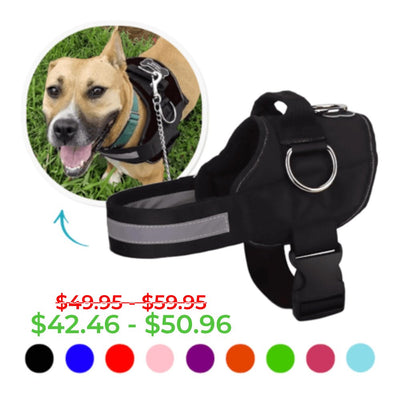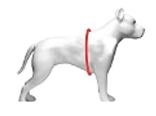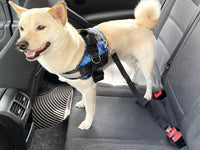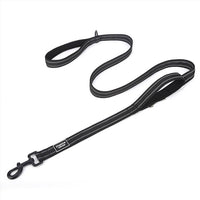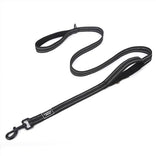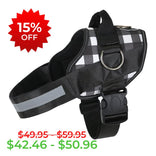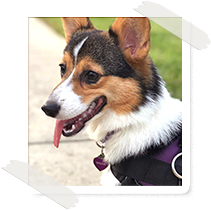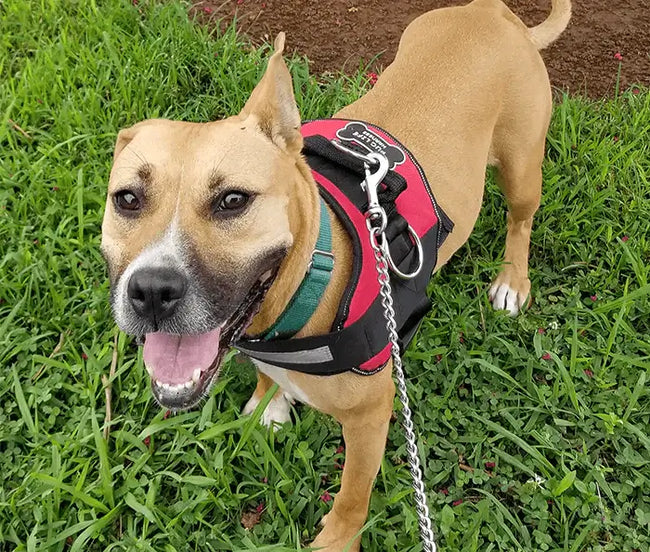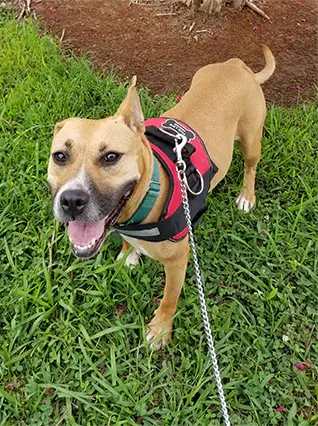Simple Ways to Reduce Walking Anxiety in Dogs
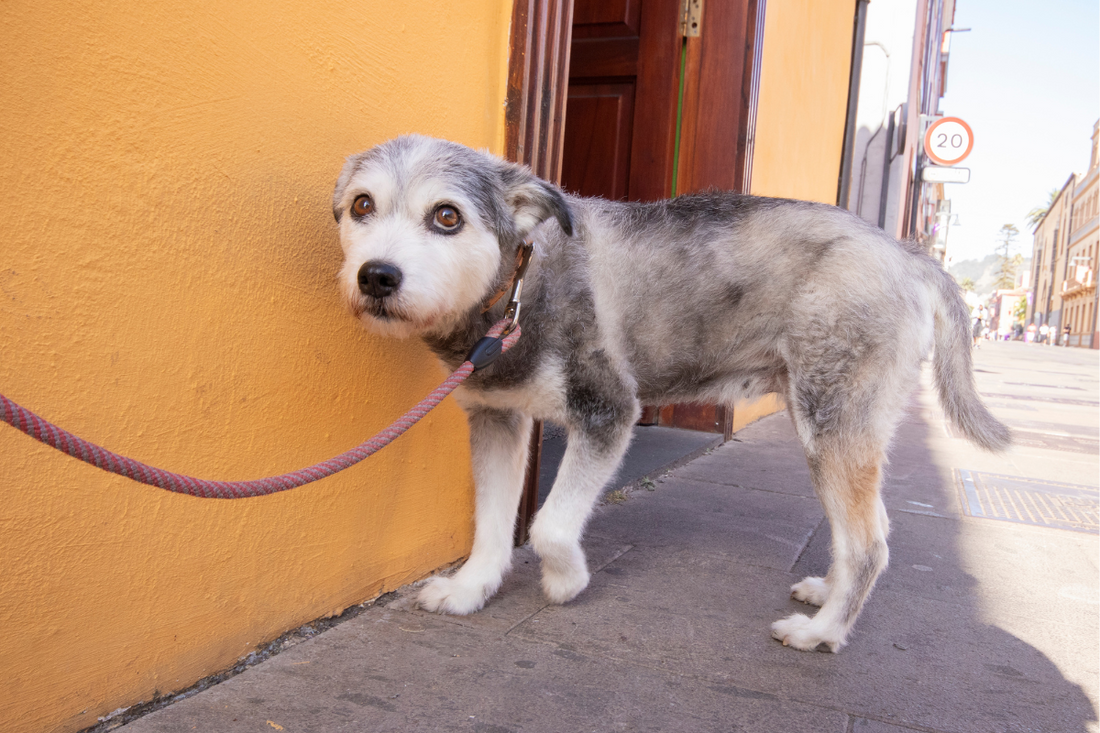
Dogs generally need exercise, and walking is a common way to meet this need. However, not all dogs appear to enjoy walks. If your dog is reluctant to go on walks, or stops and refuses to move during them, they might be experiencing stress. This stress can be triggered by various stimuli such as other dogs or people they encounter.
Here’s a guide to understanding why walks can be anxiety-inducing for some dogs, how you can support your stressed dog, and alternative exercises that might be more enjoyable for them.
What Causes Your Dog Anxiety?
You might think your dog dislikes walks, but they could actually be stressed by certain triggers they encounter outside. Each dog has different stressors; while one may ignore them, another might be upset by the same things.
Common stressors include other dogs, people, skateboards, garbage trucks, bikes, motorcycles, traffic, or wildlife like squirrels or cats. Since every dog is unique, it’s important to observe what specifically makes your dog anxious during walks.
Understanding Your Dog’s Limits

It is important to recognize your dog's comfort levels during walks, particularly if they are reactive or fearful. A dog's "threshold" refers to the distance a trigger needs to be to not upset them. Below this threshold, your dog is calm; above it, they may react out of fear or anxiety.
Understanding the specific distances that trigger your dog is key, as these can vary widely—some might react to a dog across the park, while others might be uncomfortable with one across the street. By knowing what stresses your dog, you can better plan walks to avoid these triggers and keep your dog comfortable.
Don’t Force Your Dog

Some owners think that making their dog walk more will help them get used to it, but this isn't always the best approach, especially if it's forced. Continuous exposure to stressors, known as trigger stacking, can actually worsen a dog's fear and reactivity.
Forcing a dog to confront their fears doesn't change how they feel about stressful situations. Instead, giving your dog breaks from walks or choosing not to walk at times can help them relax and provides opportunities to address behavioral issues like reactivity more effectively at home or during training sessions.
Slowly Work Through Their Fears

Rather than pushing your dog into stressful walks, there are several strategies you can use to make the experience better for them. These include providing support when they’re scared, gradually helping them overcome their fears, and helping them get used to stress-inducing situations. Tactics can vary from bringing treats to distract your dog to completely altering your walking routine.
Desensitization and Counterconditioning

To help your dog become less sensitive to certain triggers, begin by gradually introducing them to the trigger in controlled, minimal amounts, increasing exposure as your dog becomes more comfortable. Always keep their comfort threshold in mind during this process.
For instance, if your dog is uneasy near the dog park, start by walking them at a comfortable distance from it, slowly getting closer only when your dog remains calm and relaxed. Moving too fast may overwhelm them, preventing them from feeling safe.
Additionally, you can try counterconditioning, which aims to change your dog’s negative associations with the trigger to positive ones. By pairing the trigger with something your dog enjoys, like treats or play, they will begin to associate the trigger with positive experiences, easing their stress over time.
Pressing Pause on Walks

If you have a private yard, you can take a break from walking your dog while addressing their triggers. For bathroom needs, they can use the yard temporarily. If you don't have a yard or prefer not to have your dog relieve themselves there, you can reduce the length of your walks. Simply take them out long enough to do their business, and then head back home.
Be Prepared With Rewards

Before heading out on a walk with your dog, be sure to have a treat pouch full of dog treats. We want to reward our dogs for doing desirable behaviors (such as walking calmly or giving eye contact). Dogs are more likely to repeat rewarded behaviors, so we want to make sure focusing on us has a lot of value for them.
Get A No Pull Harness

When it comes to hiking with your dog, a high-quality harness is an absolute must-have. And while we don't want to brag, we have to point out that the Joyride Harness is perfect for hiking because of its emphasis on safety and comfort.
Your dog's safety always comes first, no matter what. The Joyride Harness prevents damage to your dog’s windpipe or neck, unlike a collar. The handle means you can quickly pull your pup to safety in an emergency. You can also help them over difficult sections of the trail. Also, it prevents pulling. Pulling is annoying on the sidewalk, but it can be downright dangerous on the trail!
Your dog's comfort is also important. A harness that doesn't fit can cause hot spots and even fur loss! The Joyride Harness has a secure fit that prevents chafing and discomfort. You can hike for a long time and not have to worry about your dog being uncomfortable





